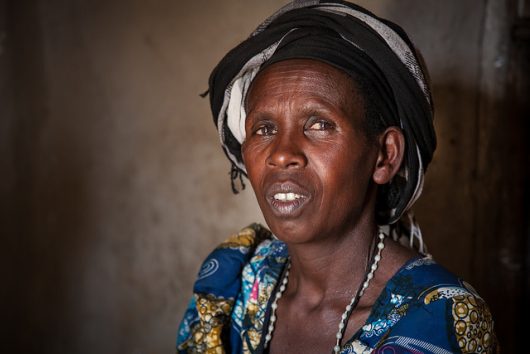The Impact of World Vision in the Developing World

World Vision is an Evangelical Christian humanitarian aid, development and advocacy organization. It has many recent success stories including helping 4 million sponsored children, disaster survivors and refugees, strongly impacting education, providing clean water and so much more.
What is World Vision?
World Vision emphasizes its sponsorship program — a $39 a month service that provides essentials including clean water, nutrition and education to a sponsored child and his/her community. Sponsors receive photos, letters and updates of the impacts made.
World Vision focuses on fragile states by developing new approaches to enable transitions out of fragility. Its strong program areas include water, sanitation, hygiene, health, livelihoods, food assistance, child protection and education.
The organization partners with churches, donor governments, corporations and individual supporters across the globe, in addition to local communities, faith bodies, civil society and public institutions to help refugees.
World Vision addresses barriers to education and works with communities and local governments to improve the quality of education for children.
Who Are its Partners?
The organization works with WFP, World Food Program and USDA in Rwanda to improve children’s literacy.
World Vision also partners with Home Grown School Feeding Program to provide a suite of complementary literacy and health interventions to the school’s feeding project. The literacy intervention guides schools, parents and communities in supporting the development of the five core reading skills: letter knowledge, phonemic awareness, vocabulary, fluency and comprehension.
According to World Vision, nearly 1,000 children under age 5 die every day from diarrhea caused by contaminated water, poor sanitation and improper hygiene.
What’s the Organization’s Goal?
The organization’s goal is to solve the global water and sanitation crisis by providing clean water and sanitation to every man, woman and child in every community it works in, including the most vulnerable populations in hard-to-reach places.
World Vision is bringing its World-Class Water, Sanitation and Hygiene (WASH) programming with their health sector work in an effort called BabyWASH.
Effective approaches include training volunteer community health workers where these volunteers teach families about critical water, sanitation, and hygiene behaviors, counsel mothers to facilitate hygienic delivery of babies in health care facilities, and learn to identify and treat common childhood diseases while referring more serious cases to a health care facility.
What is the BabyWASH Model?
The BabyWASH model combines three life-saving interventions:
- Provides clean water directly into health care facilities along with handwashing stations, toilets and bathing facilities
- Trains medical staff and community health workers on prenatal and postnatal healthcare and nutrition, including the importance of breast-feeding immediately after birth
- Uses corporate donations to fully equip and supply health facilities with medical equipment, pharmaceuticals and safe delivery kits
There are continual efforts and success stories of lifting people out of poverty thanks to the World Vision staff and volunteers,.
– Julia Lee
Photo: Flickr
